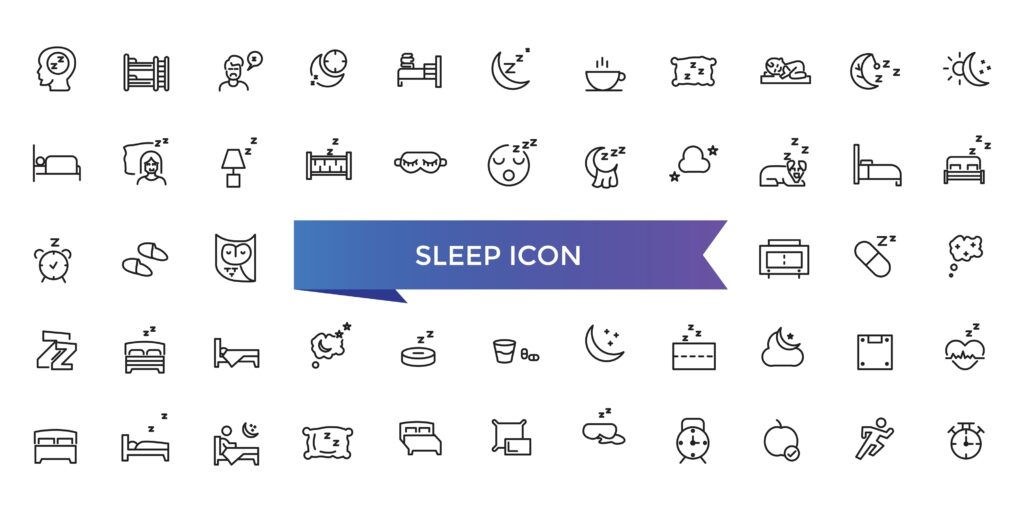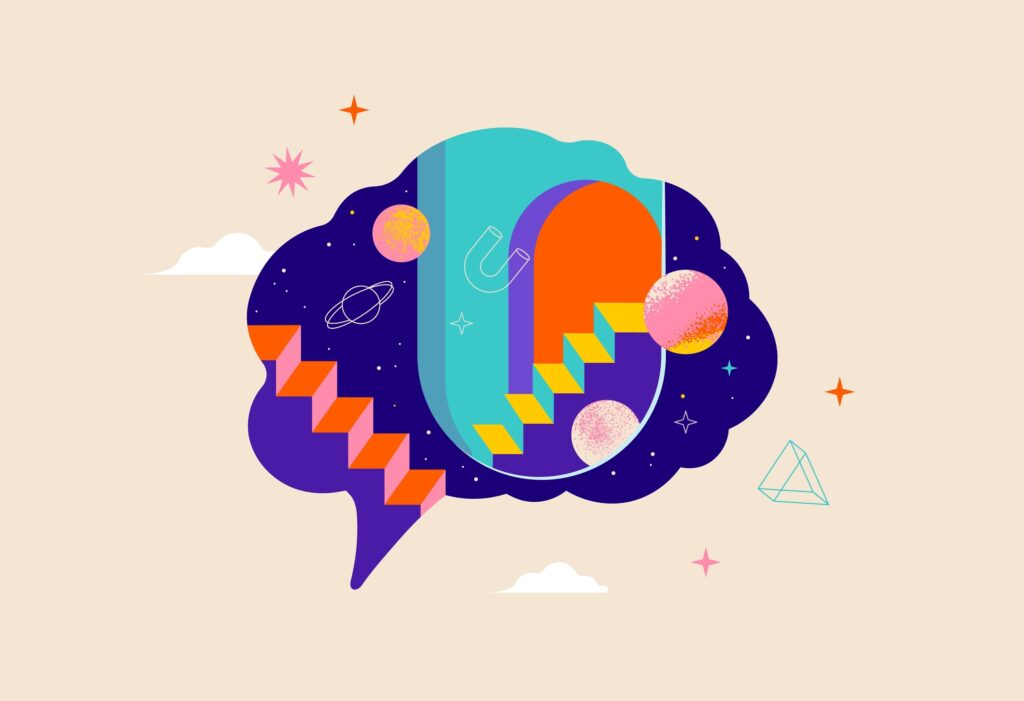Have you ever woken up from a dream where the late beloved will visit you and let you comfort and upset you deeply?
It is a feeling that many may relate to, but understanding why these dreams occur can be a little more elusive. Our brains are constantly processing emotions, memories, and everyday experience, and sometimes these dreams could cause an unresolved grief or a desire for connection.
According to experts, there are several reasons why someone we love, or once loved ones, appear in our dreams, and that is not always what we think. Let’s dive into what these dreams really mean and how they can play a role in healing and understanding our emotions.
Dreams serve as a powerful tool for our brains to process daily events, browse problems and prepare for future challenges. It is not uncommon for someone we love or have lost to appear in our dreams. Experts suggest that these meetings can happen for many reasons.
Dreams as a tool for healing

Dreams of the loved ones who died are quite common and one of the most common reasons is grief. Dr. Michelle King explains that such dreams are a natural part of the mourning. In fact, studies show that more than half of the participants report dreaming of those they have lost.
These dreams can be therapeutic, helping the brain in the processing of sorrow and achieving the site of acceptance. However, experience can be a combination of emotions, sometimes leaving Dreamers with feelings of comfort and restlessness.
Dreams as a way to understand the loss

Another explanation of dreaming of deceased loved ones needs to be understood. Margaret Pendergrass, a licensed clinical social worker, notes that these dreams reflect the ongoing attempt of our brain to understand the absurdity of loss. Sadness is simply an extension of this mental process and helps us work through what we have experienced.
The desire for reconnection

The desire to reconnect with the deceased can also manifest itself in dreams. Dr. King suggests that in these types of dreams he interacts with their beloved as if they were still alive. This could be a reflection of the emotional desire for this person or the representation of their continuing presence in Dreamer’s subconscious.
News from the brain, not the deceased

Many people believe that their loved ones deliver reports in their dreams, but Dr. King explains that this may not be the case. Instead, these dreams are messages from the brain itself. Dreams, where the deceased seems to offer advice or guidance, are often tied to the internal emotional condition of the Dreamer reflecting their own support or direction needs.
Unresolved emotions

When someone we love passes unexpectedly, we can have feelings that have never been fully expressed. Dreams can be a way to go through these unspoken emotions. If the deceased loved one seems desperate or the dream feels worrying, according to Dr. Kinga, it signals unresolved guilt, anger, or sadness.
Memory reflection

Dreams of deceased loved ones can also serve as a way of processing memories, positive and painful. These dreams can bring to the surface moments that we have tried to understand or to cope with. They can be a window into how we continue to accept our past.
Subjectivity of the interpretation of dreams

Although dream analysis has been practiced for centuries, it is important to realize that it is not an accurate science. Dr. King emphasizes that the interpretation of dreams varies greatly depending on individual, cultural and situational factors. However, exploring dreams can be therapeutic, which will help us understand our emotions and get insight into our internal struggles.
Understanding

Sadness is often considered a number of phases that walk in a specific order. However, these emotional phases can intervene unpredictably and differ from man to man. Instead of progressing in a linear way, grief tends to come in waves and it is common to feel as if you are around the loss to experience the feelings of unresolved grief when you think about a person.
Phase

Five phases of grief, as identified by Dr. Elisabeth Kübler-Ross in 1969, are usually experienced by those who are coping with the loss. These phases are also relevant in dealing with any significant change in life, even positive, such as the transition to a new city or starting a new job:
Refusal
Anger
Negotiation
Depression
Adoption
Grief
The journey of each grief is unique, so there is no set time for recovery. However, there are useful tools that help the mourning process. Some strategies include:

Journal: Writing about your dreams or emotions that upset can help process sorrows.
Talking with the grief advisor: Talking with a professional can provide valuable support.
Maintaining a healthy sleep plan: Ensuring adequate rest is essential for emotional recovery.
Mindful practices: yoga, meditation, or somatic therapy can support emotional well-being
Eating a balanced diet: nourishing the body promotes emotional resistance.

Regular exercise: Physical activity can alleviate stress and improve mood.
Although these practices are beneficial for overall health, they are particularly useful in controlling stress, sadness or anger at the time of loss. In some cases, more intensive care may be necessary for navigation in sorrow, such as medicines or weekly therapies. Regardless of this, it is necessary to solve the emotional needs and processing of unresolved feelings to avoid emotional burnout.
In conclusion, dreams of deceased loved ones can serve as a deep way to process grief, unresolved emotions, nd memories. Although these dreams can offer comfort or cause discomfort, they are a natural part of the mourning process. Whether they reflect our need for connection, understanding or leadership, they provide valuable knowledge of our emotional state.
Although the interpretation of dreams is subjective and not accurate science, it may be an important tool for healing. By accepting and processing these dreams, along with other grief strategies, we can work on emotional solutions and growth, which ultimately supports a healthier way of dealing with loss.



